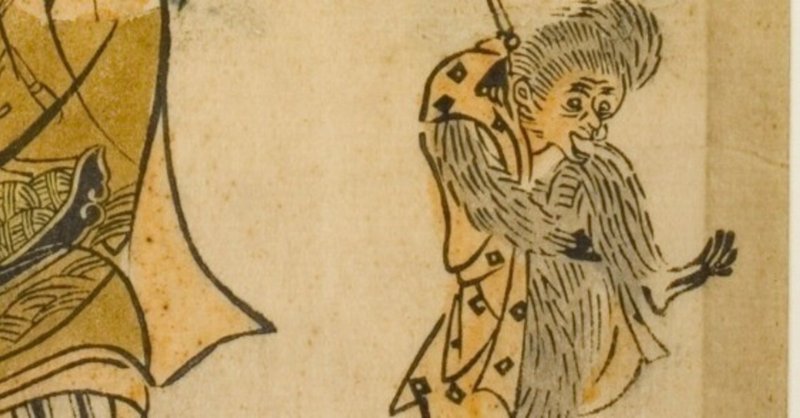
【~連載~静岡の歴史を学ぼう195】Former Saruya-cho district 旧猿屋町
※この記事は「静岡移住計画Facebook」に掲載しております。
駿府の町名には現在使われなくなったものもあります。猿屋町もその一つ。現在の葵区横田町にありました。その昔を想像してお楽しみください。
Former Saruya-cho district
旧猿屋町
'Saru' translates to 'monkey' in Japanese.
「さる」は日本語に訳すと「猿」です。
Specialists providing monkey performances already lived in this district during the Imagawa clan’s ruling period.
猿の演技を提供する専門家たちが今川氏の治めていた時代にはすでにこの地に住んでいました。
Today, a monkey performance reminds the Japanese of entertainment shows by monkeys, and there is indeed a permanent theater in Nikko.
今日、猿の芸というと日本人は猿のエンターテイメントのショーを思い出します。実際、日光には常設の劇場があります。

However, the Edo period performances were significantly different from the current entertaining ones.
しかし江戸時代の演技は現在のエンターテインメントのものとは全然違っていました。
In the Edo period, it was believed that the monkey dance was an effective remedy to cure smallpox.
江戸時代、猿の舞は疱瘡(天然痘)を治すのに有効な治療法だと考えられていました。

シカゴ美術館所蔵
According to a local historical book series titled ‘Sunkoku-zasshi’, monkey dances were usually held on New Year's holidays, in May, and in September inside the Sumpu Castle and in the homes of local residents in Sumpu.
地元のことを記述した書籍である「駿国雑志」によると、猿の舞は通常お正月と5月と9月に駿府城内と駿府の人々の家で行われました。
Many people suffered from smallpox; however, they did not have effective medical treatment like today.
多くの人々が疱瘡に苦しんでいました。しかし今日のように有効な医学的治療はありませんでした。
Therefore, monkey performers were popular because people were forced to rely on such rituals.
それ故に猿曳(さるひき・猿回しを行う人)たちが人気でした。人々がそのような儀式に頼らざるを得なかったからです。
Furthermore, there was a folk belief that a monkey was a horse's guardian deity since ancient times.
さらに、古来より猿は馬の守護神だという民間信仰がありました。
So, monkey performers offered the dance to drive away evil spirits in horse stables.
ですから悪霊を祓うため猿の舞が馬小屋で奉納されました。
‘Sunkoku-Zasshi’ describes that Lord Tokugawa Ieyasu granted a residential land to a monkey performer named ‘Saruya Sozaemon’.
「駿国雑志」には徳川家康公が「猿屋惣佐衛門」という者に土地を与えたと書かれています。
And it is said that the area around his house became a district called ‘Saruya-cho’.
そして彼の家の周辺が「猿屋町」と呼ばれる一町になったといいます。

According to the local historical book series titled ‘Surugaki’, the number of monkey performers in Sumpu decreased and eventually disappeared.
地元の歴史書である「駿河記」によると、駿府の猿曳の人数は減り、ついには消滅してしまいました。
Such performers from Denpo Village (the present Fuji City) deliberately traveled to Sumpu to offer the monkey dance.
そのような猿回しがわざわざ伝法村(現在の富士市)から駿府に来て、猿の舞を奉納しました。
According to official records in 1692, there were six households and 54 residents.
1692年の公的な記録によれば、家数は6軒、人数は54人でした。
In 1915, this district was merged with Shimo-Yokota-cho district (the current Yokota-cho). This led to the disappearance of the Saruya-cho district.
1915年(大正四年)この町内は下横田町(現在の横田町)に統合されました。
これにより猿屋町は消滅しました。

(参考資料) 「徳川家康と駿府城下町」 黒澤 脩著 静岡谷島屋
「職と商でできた町『駿府九十六ヶ町』」 静清信用金庫創立100周年記念事業
猿屋町の町名碑となりにある説明

この記事が気に入ったらサポートをしてみませんか?
